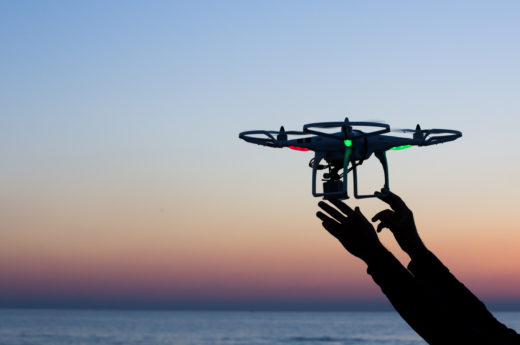Innovation Creating a New Breed of Self-Sufficient Design Engineers
When I introduced myself last year in The Future of PADS®, I was excited to talk about PADS Standard, Standard Plus, and Professional. Created for the changing world of engineers who do more than just a single task, these full-flow suites provide enhanced design, thermal analysis, and signal Integrity. I also discussed the rich future for the core PADS solutions.
Recently, we announced the PADS Product Creation Platform which significantly extends the PADS suites with modules for performing ecad-mcad collaboration, thermal analysis, dc drop analysis, DDRx simulation, and in-design electrical DRC checking. We also introduced new AMS technology for performing mixed analog and digital circuit exploration and simulation. Improvements to our core offerings include new copper pours and productivity enhancements.
Why did we choose this path?
We’ve seen an explosion of innovation in the world of electronic product design that keeps pushing the boundaries of what innovators, small start-ups, and small project teams are creating. More and more devices and products are connected to one another via the internet and data storage in the cloud.
This creates many opportunities for new companies, new concepts, and fresh ideas. What some used to consider a market segment creating simple devices has become the incubator for tomorrow’s high-tech innovations.
We see this every day, with large companies acquiring start-ups and small companies for their leading-edge innovative technology. When we look at the types of products being created, they are by no means “simple” any longer. Even devices that seem mundane, e.g. thermostats, door knobs, and garage door openers, incorporate the latest technologies (such as high-speed interfaces, low power, and analog/mixed signal) to create a competitive advantage.
We could even say the same with the new wave of high-tech toys like drones.
I recently purchased a drone that has built-in GPS guidance, WiFi, object detection, video capture and transmission, and a sophisticated MPU to control all aspects of flight. This is a truly amazing piece of technology that was driven by small groups of entrepreneurs and innovators using the latest technology to pack it all into a lightweight flying machine.
Unlike large corporations and organizations, these small entities cannot rely on specialists to perform every aspect of design from schematic design to layout to mechanical to simulation to manufacturing optimization. Largely self-sufficient, these innovative engineers must rely on their own ability to design and optimize every aspect of their design. This new breed of “do-it-all” engineers needs access to more information and tools than ever.
The PCB design tools available to these creative engineers typically lack the power needed to perform detailed exploration and simulation of their designs. On the flipside, tools that have that power are often well beyond their reach due to cost, learning curve, and a lack of integration. Furthermore, such tools are typically made for specialists who use the tool on a daily basis and have the benefit of knowing all the product’s nuances.
Independent engineers do not have this luxury and must be able to access technology without the high cost of entry. The learning curve must be short and the technology must be well integrated in the overall design flow.
In short, as independent engineers and small teams, their goal (and yours?) is to create innovative products…not to become tool experts. You seek tools that can drive a competitive advantage through better, higher-quality designs, higher reliability, and with less risk of design or manufacturing errors.
The PADS Product Creation Platform does just that, by offering highly capable technology (built on industry-leading FloTHERM® XT and HyperLynx®) at an attainable price point (starting at $3560 USD), that is well integrated into the PADS flow with streamlined data-transfer paths and wizards to help non-experts set up accurate simulation runs.
PADS product-creation tools may not give you new product ideas but they can help get your concept to reality in the most efficient means possible and with the least amount of risk.
Looking forward to your thoughts on this changing electronics world and the impact on design solutions…




